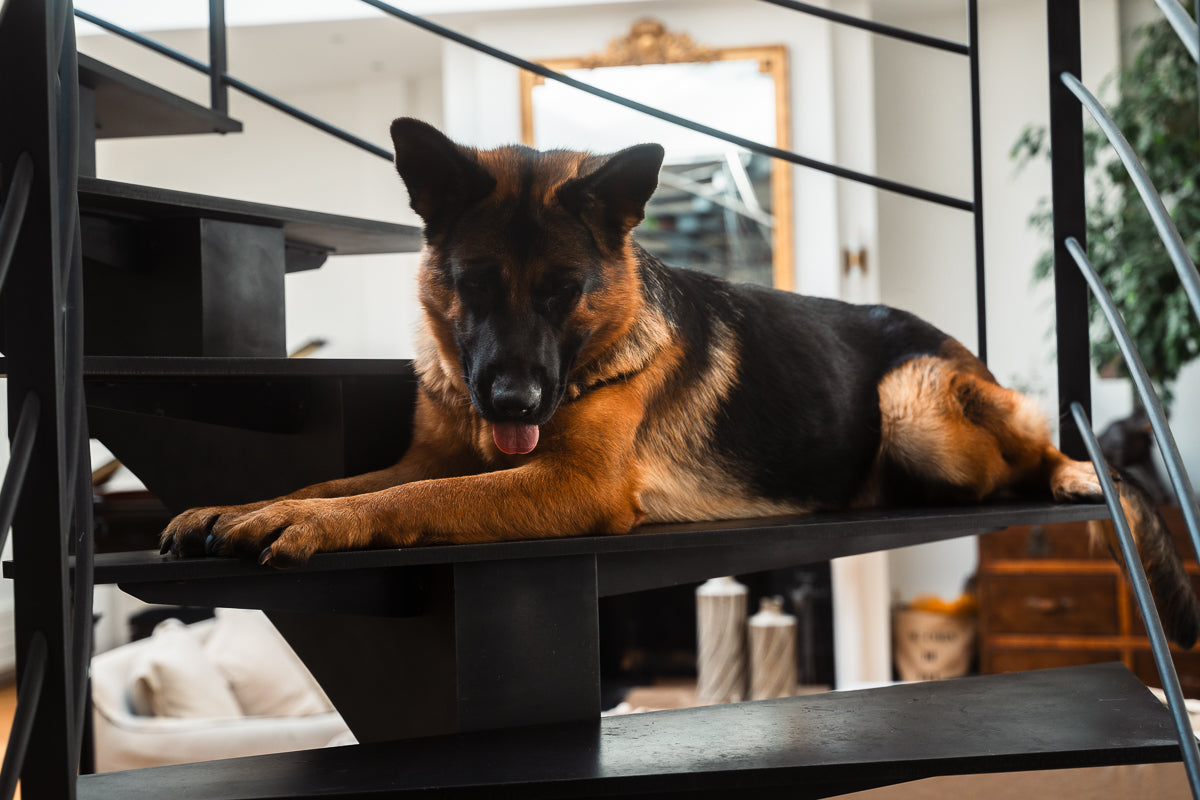Separation anxiety is a common problem in dogs that can cause a lot of stress for both the pet and its owner. Understanding what separation anxiety is, its causes, symptoms, and possible solutions is essential to helping your four-legged friend feel more secure and thrive. This article explores this phenomenon to provide you with useful information and advice.
What is Separation Anxiety?
Separation anxiety is an emotional disorder that occurs when dogs feel stressed or panicked when left alone. This behavior can manifest as excessive reactions such as barking, destruction, or escape attempts. It's important to note that separation anxiety isn't just a bad habit, but a real emotional problem that can significantly impact your dog's daily life.
Causes of Separation Anxiety
The causes of separation anxiety can vary from dog to dog. Some of the most common causes include:
-
A Change in Routine : Dogs are creatures of habit. A sudden change in their daily routine, such as moving, getting a new pet, or a lifestyle change (like returning to work after a period at home), can trigger anxiety.
-
Abandonment Experience : Dogs who have been abandoned or abused in the past may develop more severe separation anxiety due to their traumatic experiences.
-
Overprotectiveness of the Pet : Owners who sleep with their dog or treat it like a "baby" can reinforce this over-attachment behavior, making the dog more dependent.
-
Lack of Socialization : A dog that has not been adequately socialized with other animals or people may feel more anxious when left alone.
Symptoms of Separation Anxiety
Symptoms of separation anxiety can vary in severity and include:
- Excessive Barking : Incessant barking when you leave.
- Destruction : Eating or destroying furniture, shoes, or other objects when left alone.
- Escape Attempts : Trying to escape by scratching or biting doors or windows.
- Inappropriate Urination or Defecation : Defecating indoors, even if the dog is normally clean.
- Abnormal Behaviors : Compulsive licking or circling.
Solutions for Managing Separation Anxiety
Fortunately, there are ways to help your dog overcome separation anxiety. Here are some practical tips:
-
Gradual Solitude Training : Start by leaving your dog alone for short periods of time, then gradually increase the duration. Reward him when he remains calm.
-
Create a Safe Space : Create a comfortable area where your dog feels safe. This can include toys, a blanket, or familiar objects that bring comfort.
-
Avoid Dramatic Departures and Arrivals : Remain calm and relaxed when leaving or returning home. This can help reduce your dog's excitement and anxiety.
-
Use Distracting Toys : Provide your dog with interactive toys or food puzzles that will keep him occupied while you're away.
-
Consult a Professional : If your dog's separation anxiety is severe, it may be helpful to consult a veterinarian or animal behaviorist. They can recommend specific techniques or, in some cases, medication to help manage the anxiety.
Conclusion
Separation anxiety in dogs is a serious problem that requires attention and understanding. By recognizing the symptoms and implementing strategies to help your dog feel more comfortable being alone, you can improve their quality of life and strengthen your bond. With patience and diligence, it's possible to help your four-legged friend overcome their fears and live a happy, balanced life.




Leave a comment
This site is protected by hCaptcha and the hCaptcha Privacy Policy and Terms of Service apply.